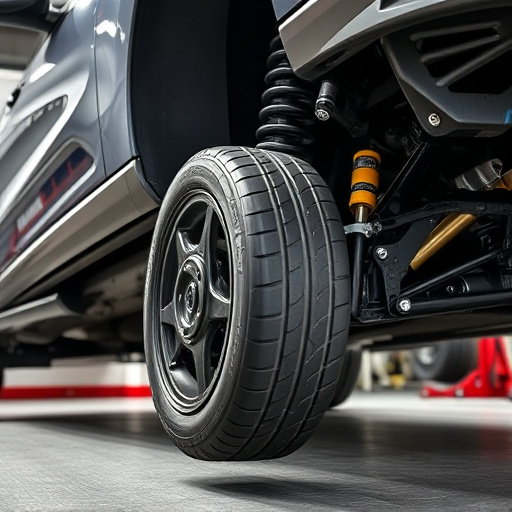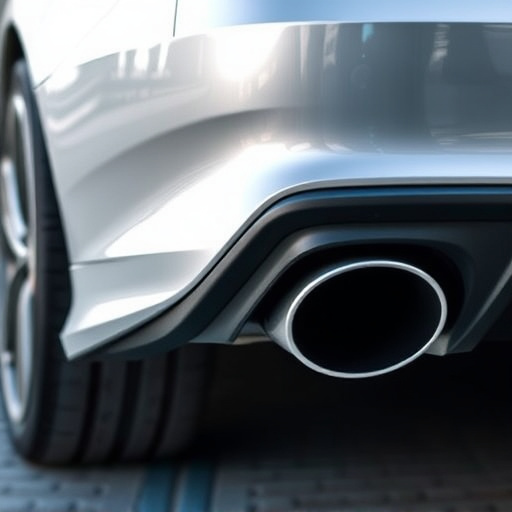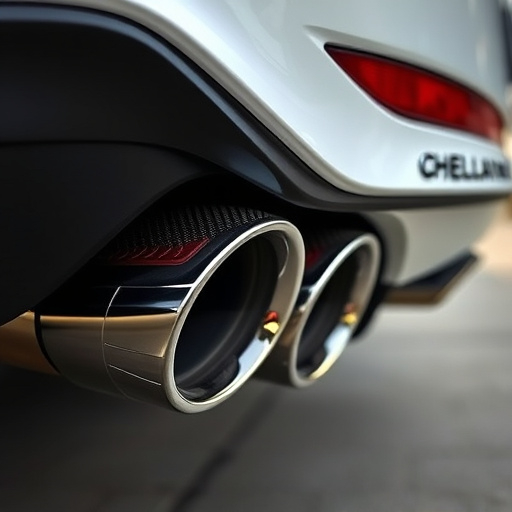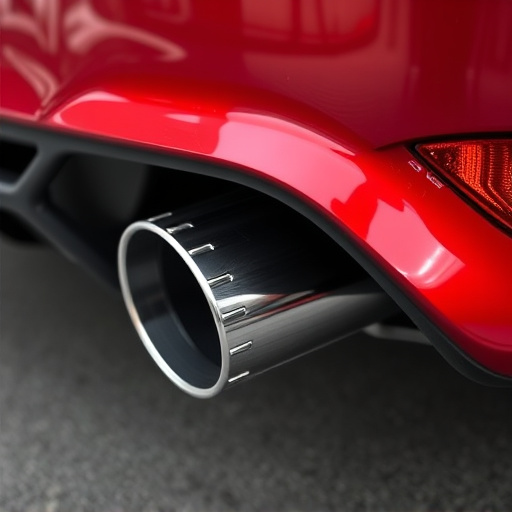A single exhaust system, comprising headers, downpipes, mufflers, and tailpipes, is vital for efficient gas expulsion and vehicle performance. Leaks often stem from worn gaskets, heat damage, or misaligned components, commonly around manifolds and joints. Visual inspection and specialized tools help identify leak sources, enabling targeted repairs to maintain optimal single exhaust system performance while minimizing costs.
“Uncovering leaks in your single exhaust system is a crucial step in maintaining optimal vehicle performance. This comprehensive guide delves into the intricate world of these systems, breaking down their components to help you grasp their function and potential fail points. We identify common leak sources, from worn-out gaskets to damaged headers, offering insights for effective troubleshooting.
Learn proven repair techniques, ensuring your single exhaust system operates efficiently. By understanding these processes, you’ll be equipped to address leaks promptly, enhancing both vehicle reliability and performance.”
- Understanding Single Exhaust Systems and Their Components
- Identifying Common Leak Sources in These Systems
- Troubleshooting and Repair Techniques for Leaks Detection
Understanding Single Exhaust Systems and Their Components
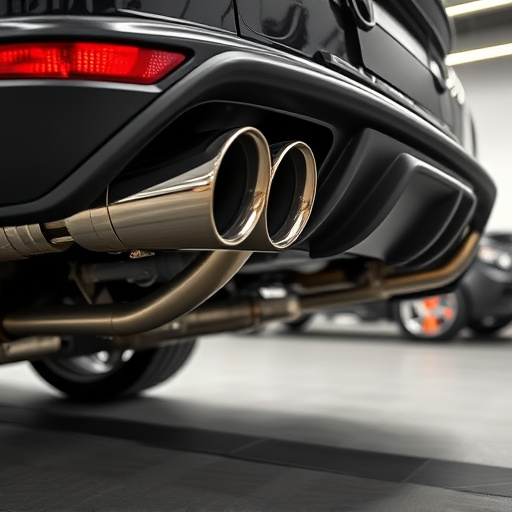
A single exhaust system is a fundamental component of any vehicle’s engine setup. It serves as a pathway for exhaust gases to exit the engine, playing a crucial role in overall vehicle performance and emissions control. This system typically consists of several key parts, each with distinct functions. The single exhaust system starts at the engine head, where exhaust gases are released from the cylinders, and travels downwards towards the rear of the vehicle. Along its route, it passes through components such as headers, downpipes, mufflers, and tailpipes, each contributing to the system’s overall efficiency and sound.
Understanding these components is essential when diagnosing potential leaks. For instance, issues with brake rotors or brake pads can sometimes lead to misaligned exhaust pipes, resulting in leaks. Similarly, problems with the intake components, like cracked or damaged gaskets or hoses, could also cause exhaust leaks by compromising the system’s integrity. Recognizing these interconnections is vital for effective troubleshooting and ensuring the optimal performance of a single exhaust system.
Identifying Common Leak Sources in These Systems
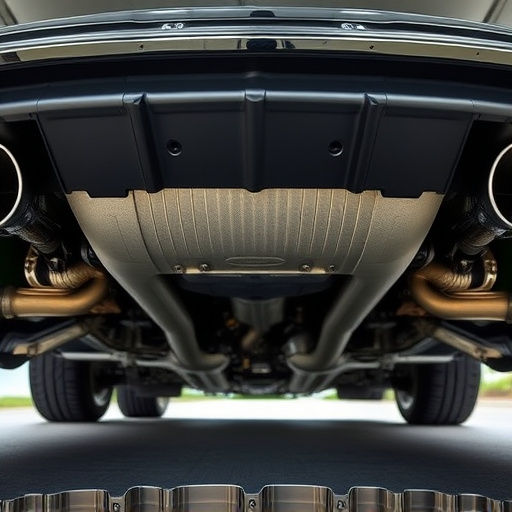
Leaks in single exhaust systems can originate from a variety of sources, each requiring specific attention to pinpoint and rectify effectively. Common culprits include gaskets and seals that have worn out or been damaged during installation or due to heat expansion over time. The area around the manifold, headers, and joints is particularly susceptible to leaks because these components are under constant stress from high temperatures and pressure of exhaust gases.
Another potential source could be compromised intake components, such as broken or cracked pipes or improperly fitted hangers. Even brake rotors, though not directly related to exhaust systems, can contribute to leaks if they cause misalignment or damage to the exhaust structure. Understanding these common leak sources is essential for maintaining optimal vehicle performance and ensuring that any repairs are both effective and cost-efficient.
Troubleshooting and Repair Techniques for Leaks Detection
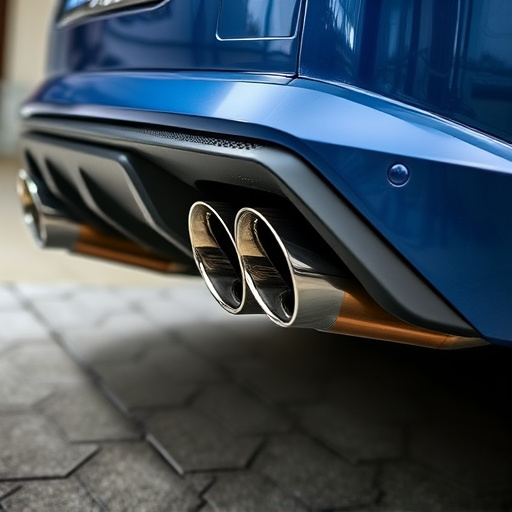
When troubleshooting leaks in a single exhaust system, start by visually inspecting all components for any signs of damage or wear and tear. Leaks often occur at connections between pipes, muffler tips, or exhaust tips, so these areas require careful attention. Look for loose-fitting parts, cracked joints, or corroded metal, as these could be indicators of a problem.
If visual inspection doesn’t reveal the source of the leak, consider checking the air filter kits and seals. A clogged or damaged air filter can cause airflow issues, leading to leaks. Inspecting and replacing these components might help resolve the issue. Additionally, using specialized detection tools, such as smoke or pressure testers, can aid in pinpointing the exact location of the leak, making repair techniques more precise and efficient for your single exhaust system.
Diagnosing leaks in single exhaust systems is a crucial maintenance task, especially to ensure optimal engine performance. By understanding the components and common leak sources, you can effectively identify and repair issues promptly. With the right troubleshooting techniques, you’ll be equipped to navigate through potential challenges, making it easier to maintain your vehicle’s exhaust system.



